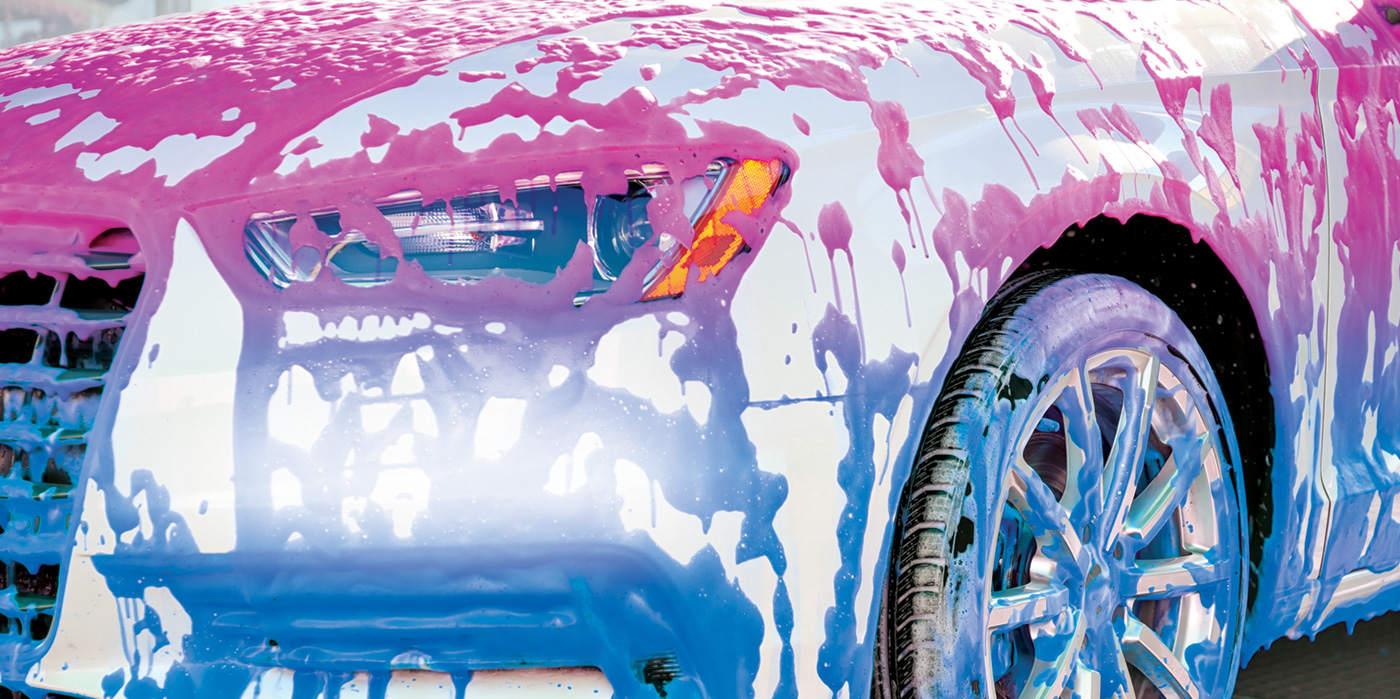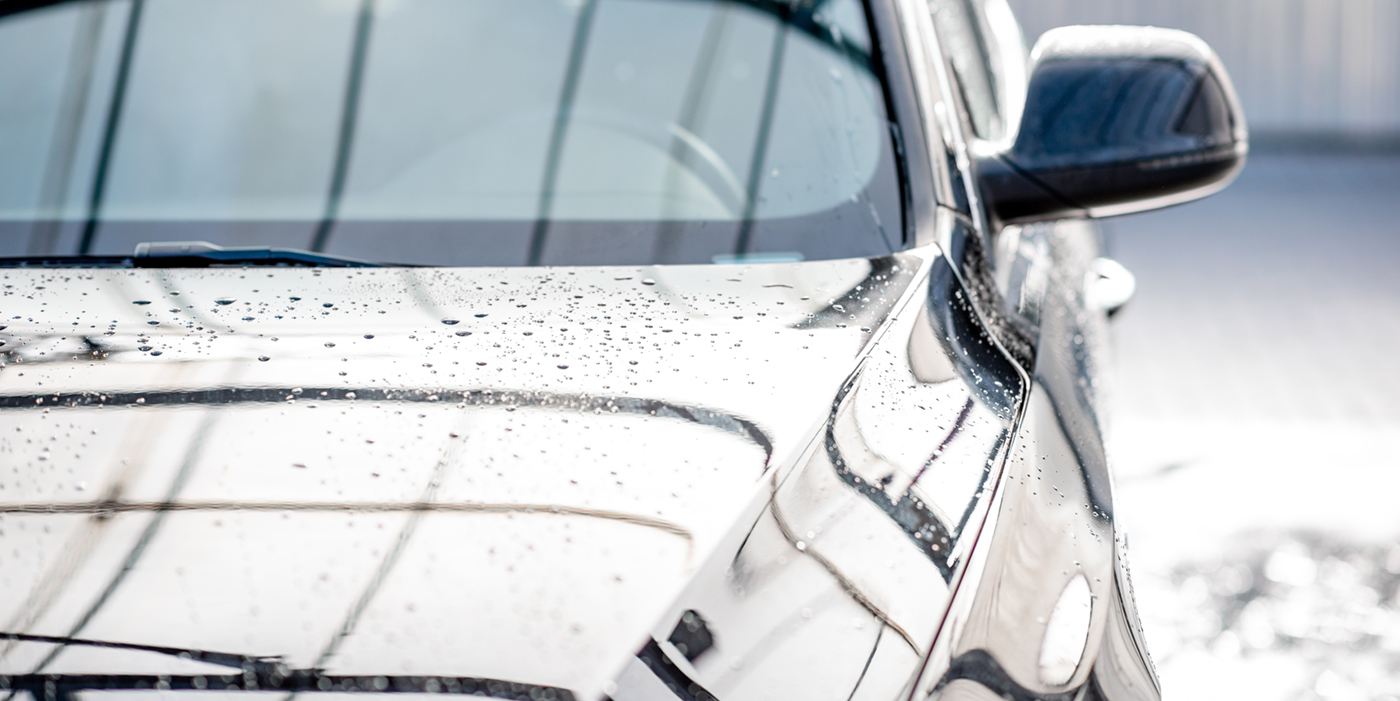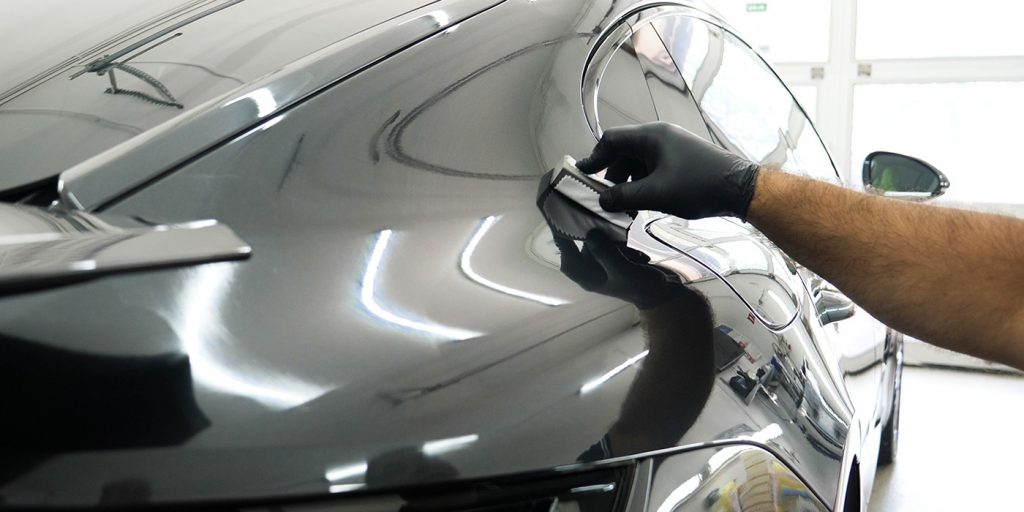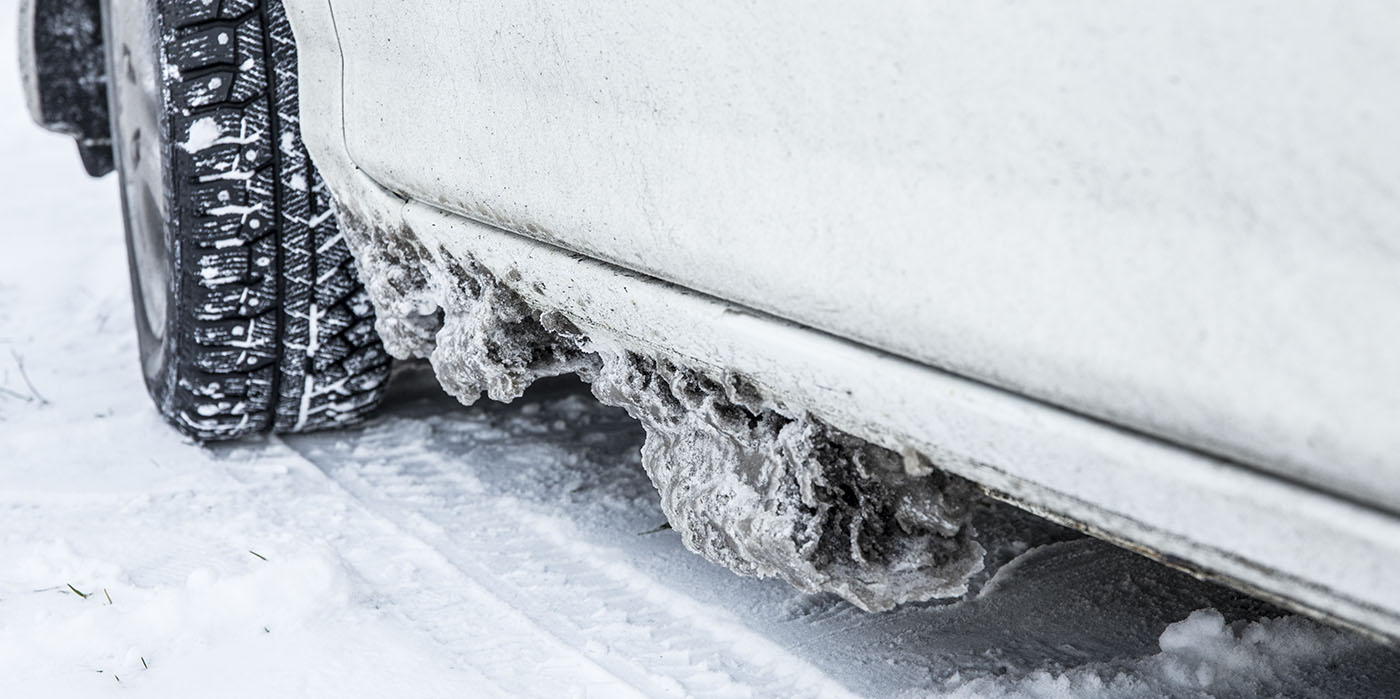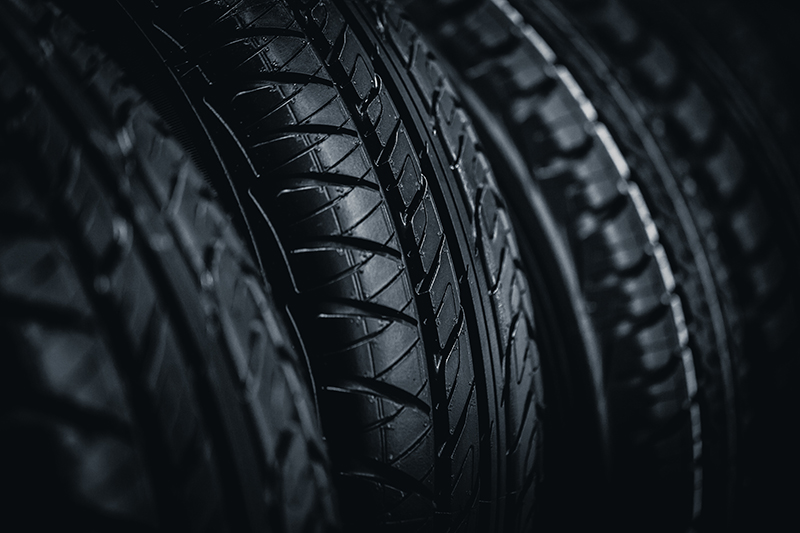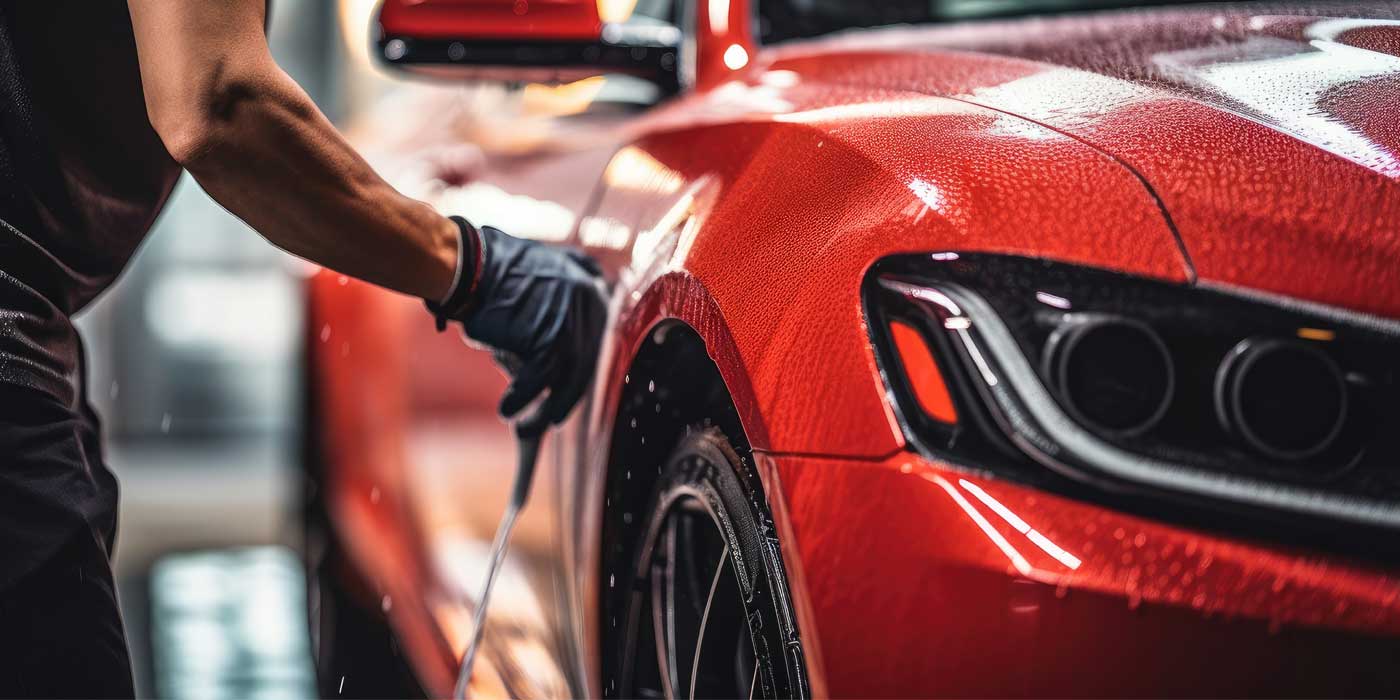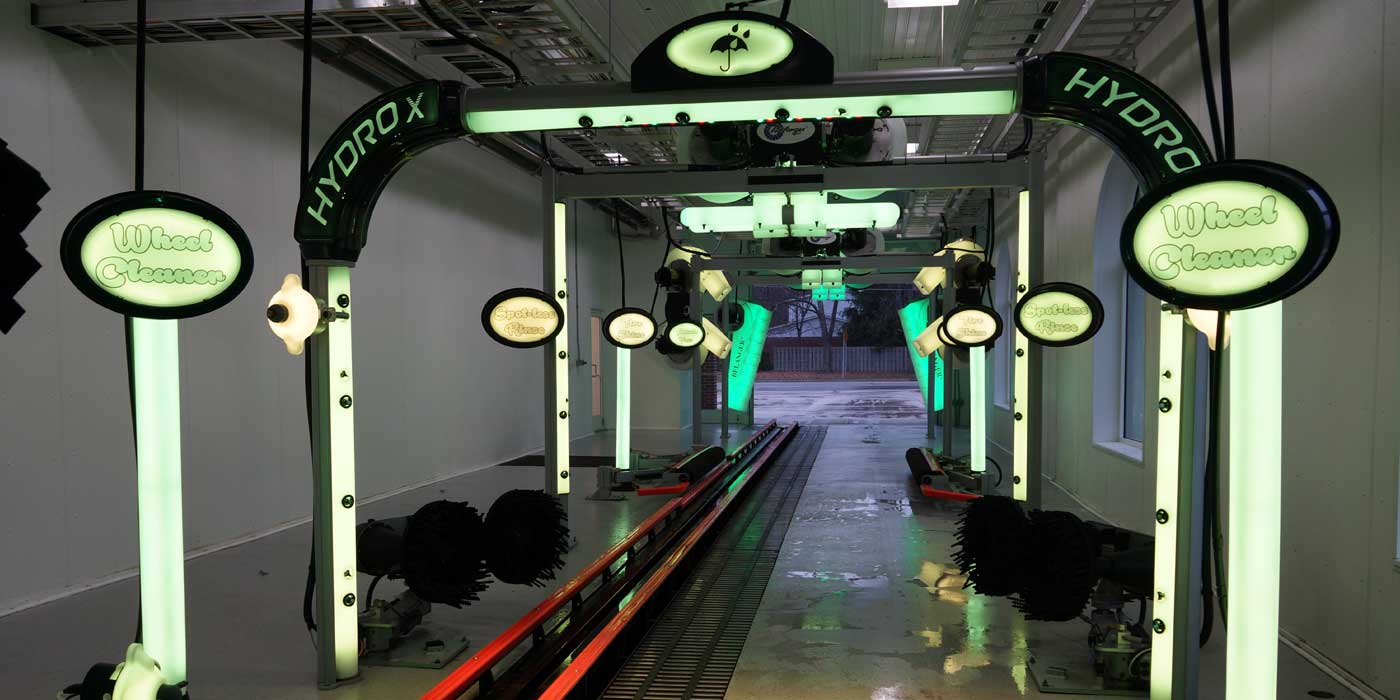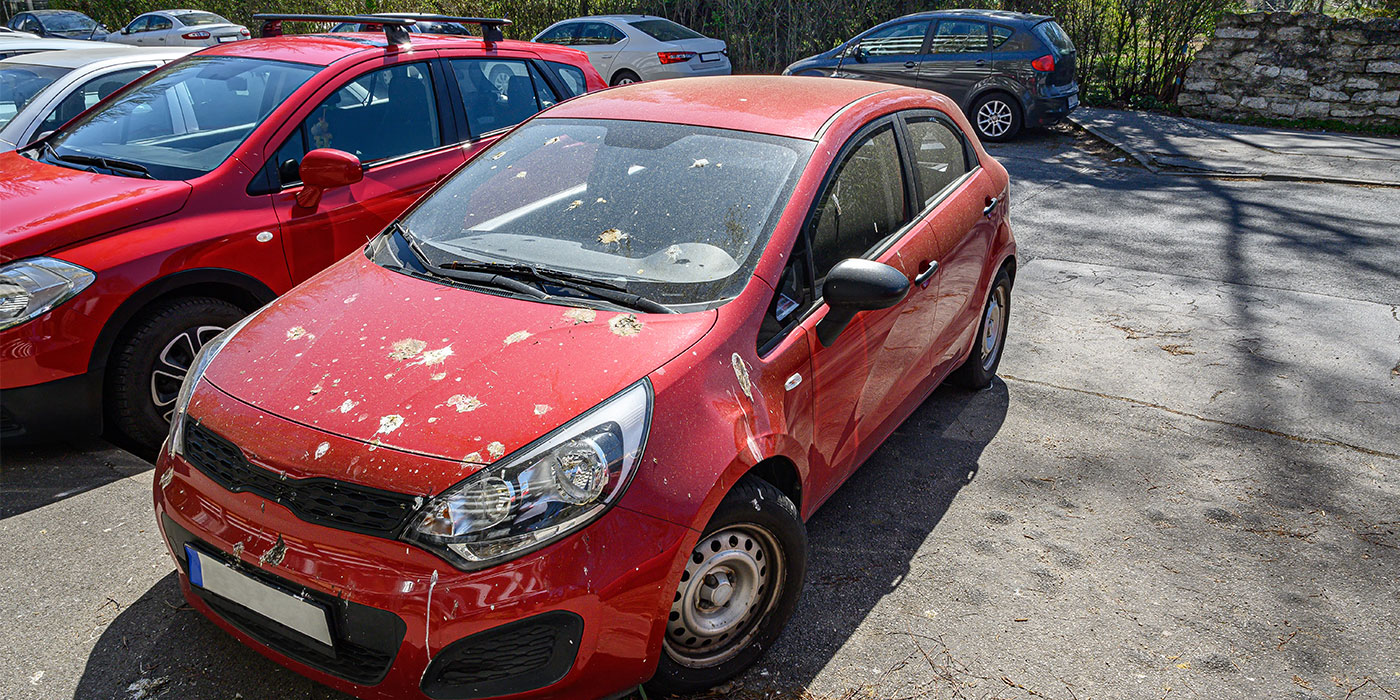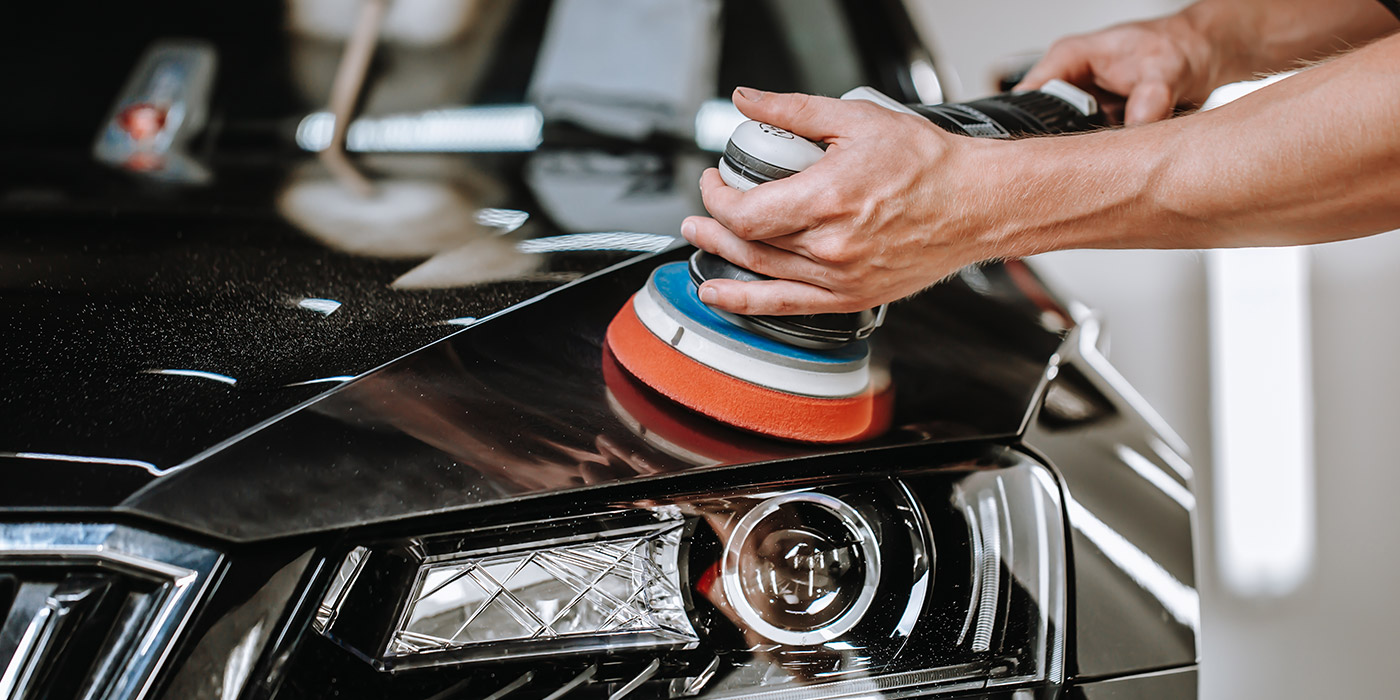Imagine golfing with bent clubs and expecting to make a hole in one. Or, trying fly fishing with an old cane pole and expecting to catch salmon. You wouldn’t. Then why do we continue to use old, outdated chemical dilution equipment, expecting to deliver consistently clean and shiny cars?
On the surface, carwash chemical dilution, or blending, seems like a simple thing. But without the right equipment, you won’t achieve the precision blending that is needed to provide your customers with the results they expect. Your chemical usage becomes ineffective, your water is being wasted, and you quickly become frustrated with the time and money it costs you.
Imagine, on the one hand, blending a capful of detergent or polish with a gallon of water and, at the same time, dumping a capful on the ground. Sounds crazy, doesn’t it?
But, this is essentially what’s happening if your dosing equipment does not provide repeatable results. In this case, more is not better. Overdosing chemicals will not only increase your budget, but using too much can also affect how other chemicals perform further down the conveyor, often costing additional labor to compensate. If your delivery system isn’t providing accurate and consistent dosage, your cost-per-car could end up being twice as much as it should be.
On the other hand, if you are only adding half a capful of chemical to each gallon of water when it really should be one capful, do you really think your cars are going to come out clean, dry and shiny? Probably not.
Accurate, repeatable and reliable chemical blending is the key to keeping the lowest cost-per-car possible and providing your customers with the brilliant wash they are expecting. Let’s take a look at what your options are in chemical delivery.
4 ways to blend
There are four primary ways of blending chemicals with water before applying to a vehicle.
Hand mixing
You can hand mix products with water and then spray them onto the car. The issue with this method is that each person involved may mix your chemical at varying concentrations and apply a different amount each time. Choosing this method provides an inconsistent application and is generally the least efficient way to use your chemistry.
Venturi
One of the most common yet antiquated methods to blend water and concentrate is the Venturi principle. The Venturi effect is the reduction in fluid pressure that results when a fluid flows through a constricted section (or choke) of a pipe. Although new to some, the Venturi principle was actually discovered by Giovanni Venturi in 1797. Not much has changed in over 223 years.
Today, this method uses a set screw, or orifice tip, that interferes with the vacuum of a jet-like Venturi injector. The jet squeezes the water and creates the vacuum to draw chemical from the concentrate tank. Variations in city water pressure feeding the Venturi will affect the amount of vacuum created and lead to non-repeatable or unpredictable chemical dilution. A booster pump is required to stabilize the pressure and variations of the city water as well as to improve performance.
Since a Venturi system often fills a reservoir with the mixed solution, a repressurization pump (most often an air diaphragm pump) is used downstream to transfer the ready-to-use product to the applicator in the wash. If the pump malfunctions, in either case, chemicals can’t make it to the car, and you have an unhappy customer. And, with today’s chemistry getting more and more concentrated, the orifice tips used to control the dilution rate are much smaller in diameter. Those small-diameter tips naturally become very prone to clogs, potentially cutting off any concentrate from being drawn, creating another headache for operators.
Water-powered proportional injector
One more method that’s been on the market for about 25 years is the water-powered proportional injector. It works by using the same water you are using to mix your concentrated chemical. The water acts as the energy source, driving a piston in a vertical stroke inside the injector body. As the piston moves, a plunger attached to the bottom of the piston also moves, causing a syringe-like action that creates a predictable vacuum and displacement of chemical into the water flow.
This technology is not affected by water pressure fluctuations. It remains proportional even if the water flow through the injector varies — the frequency of the piston stroke increases or decreases to maintain a proportional mixture of water to concentrate. On the lower portion of the injector, a threaded collar with an engraved scale in both ratio and percent allows you to dial-in the desired dilution rate. It is not limited by orifice tip size, making it infinitely adjustable. The injectors may require a very simple seal kit change every year or so, depending on usage. The models today give you the ability to blend chemical as low as 3,000-to-1 for concentrates to 10-to-1 for most wheel and tire applications.
Electric diaphragm metering pump
The last option is the predictable blending method of the electric diaphragm metering pump. This low-energy pump can be configured as a direct injection method into the water stream before flowing to the applicator. The electric-powered pump injects concentrate into a water line that could feed a foamer, spray arch or rain bar.
It is also configurable with an ultrasonic flow meter to proportionally inject the chemical into the water stream. The flow meter senses variations in water volume and speeds up or slows down with the pump-action, causing it to perform like the water-driven proportional injector. The electric diaphragm metering pumps require very little maintenance and can blend as low as 5,000-to-1.
Bottom line
After reviewing the four primary options of blending chemicals with water, you now have the knowledge to make an informed decision on the right method and equipment for your wash. Remember to look for a chemical delivery system that provides your carwash with the best-blended solution possible, giving your customers the wash they are expecting that will keep them coming back time after time as well as keeping your overall chemical costs down.
Jason Maddox is the sales manager for Dilution Solutions, a Dosatron International LLC company, located in Clearwater, Florida. Dilution Solutions provides products, accessories and parts designed to enhance your chemical delivery systems. Reach Jason at [email protected]. Chat at www.dilutionsolutions.com or call (800) 451-6628.



